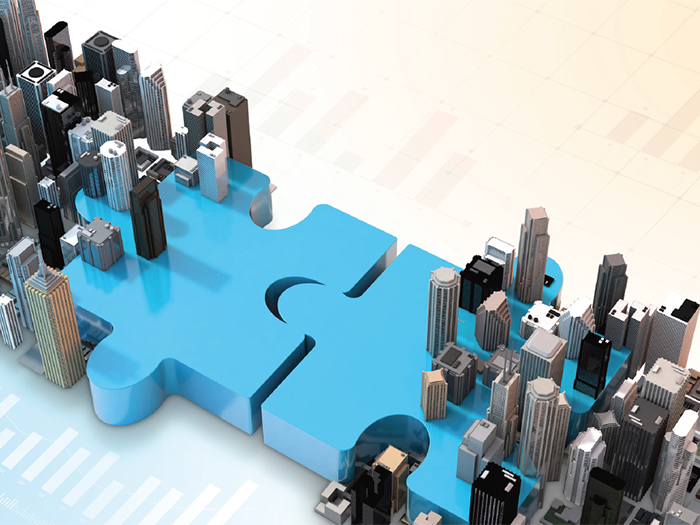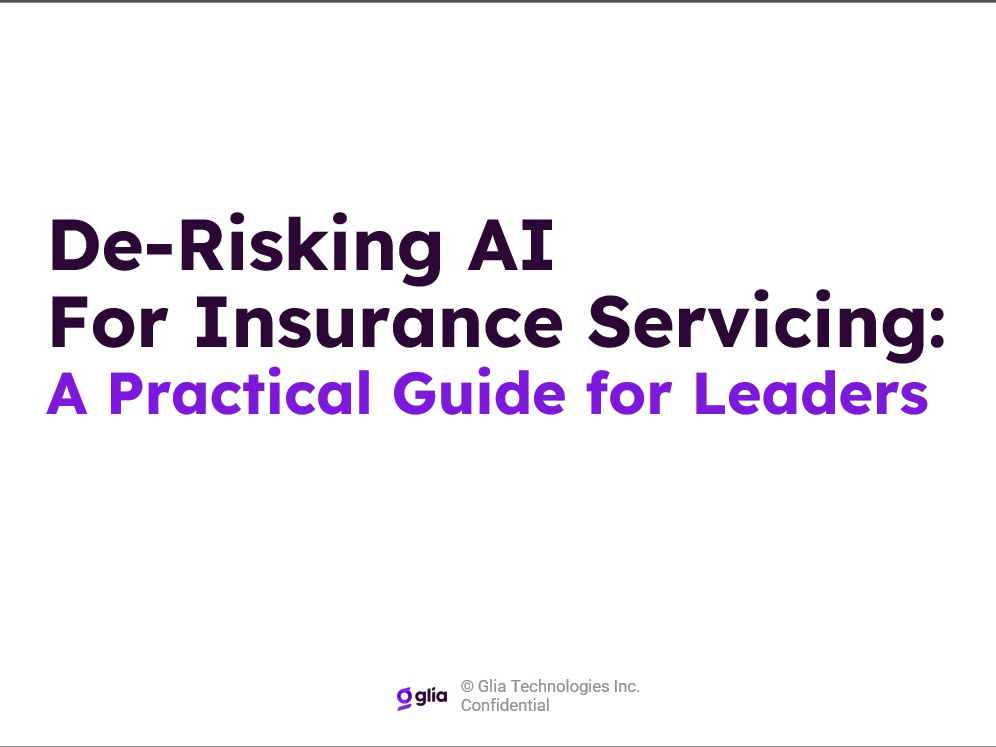Why Trust Is Paramount When It Comes to Successful Worker Recovery

When a worker is injured on the job, numerous questions are bound to arise. Most workers have little to no experience with the workers’ compensation industry prior to an injury. Beyond filing a claim, they often have no idea what benefits they’re entitled to or who will manage their care.
“The workers’ comp system is scary. It’s ever-changing, and every state is different,” said Nanesha Courtney, MS MA LMHC CRC CDMS CET, manager advocacy, biopsychosocial and return to work services at Broadspire. “What we really try to do is help our workers understand the system to take away some of the scary and let them know that we’re there for them.”
The extra stress of navigating the workers’ comp system comes at a time when workers may feel disconnected from their support systems. For many adults, friendships and social interactions center around their workplace, and without those connections, they may begin to feel lonely or unsupported.
This lack of support can lead to mental health complications and catastrophic thinking — both of which can result in delayed recovery.
To address these issues, workers’ compensation programs need to focus on making sure a worker continues to feel connected to others throughout the recovery process. This can be achieved by adopting a biopsychosocial care process, building trust with injured workers and educating them about the workers’ compensation process along the way.
“When you have an advocacy and engagement model going hand-in-hand in a claims program, then you can definitely start to build that trust,” said Erica Fichter, senior vice president of medical management, at Broadspire, a Crawford company.
“The program has to consist of an emphasis on wellbeing.”
Lack of Connectedness Can Derail Claims

Nanesha Courtney, MS MA LMHC CRC CDMS CET, manager advocacy, biopsychosocial, return to work services, Broadspire
For the majority of adults, a sense of feeling connected to others comes through their job. People make friends at work, and those connections can offer a sense of support.
When a workplace injury prevents someone from coming into their job, they can feel like they’ve lost both their purpose and their personal relationships.
“When you’re dealing with somebody with an injury, a lot of this connectedness disappears, because people tend to find this connectedness as adults through their workplace,” Courtney said.
A survey from Mental Health America found that 71% of people turned to friends or family during times of stress. But a lack of connection to the workplace due to injury can leave workers feeling a high amount of stress with no one to turn to for support.
“That’s when the depression, the sadness, the loneliness, the anxiety starts to set in, and they start having these catastrophic thought processes,” Courtney said.
Without critical relationships formed at work, some workers may struggle with the stress caused by their injuries. Depression, anxiety and catastrophic thinking can all emerge from this additional stress. In fact, about half of workers experienced depression during the year after a workplace musculoskeletal injury, one study found.
Helping a Worker Stay Connected
Given the myriad of risks tied to a lack of connectedness, it is important for workers’ comp programs to make sure employees continue to feel emotionally supported throughout the recovery process.
“We have to be creative in how we can continue to maintain that connectedness for people, because it may not be as simple as them being able to stay connected with their employer family,” Fichter said.
One way workers’ comp can approach treating a worker’s mental and emotional health is through employing a biopsychosocial approach to care. Under a biopsychosocial care model, workers’ comp focuses on treating the psychical, mental and social components of a person’s health.
Helping a worker feel connected to others after their injury falls squarely into the biopsychosocial care model’s wheelhouse.
“From the mental health and advocacy side of things, we look at the contextual issues — geographical location, educational level, economic stability or instability, social environment, access to physical and mental health care,” Courtney said.
“We look at comorbid conditions, depression, pain, other physical issues and how those might affect not only the physical industrial injury but also the worker as a whole.”
Courtney and Fichter shared that calls between injured workers and their medical case management company can help them feel a sense of support that can stave off negative mental health symptoms in the future.
“It’s going to the doctor with them; it’s helping them connect with their adjusters. It’s about being there in whichever way they need,” Courtney added.
Behind injury severity and type of injury, trust level is one of the biggest predictors of workers’ compensation patient outcomes.
By employing a biopsychosocial care model and offering injured workers support, medical case managers can help build trust with injured workers and in turn drive better claims outcomes. When a workers’ comp case manager develops a relationship with an injured worker, they learn about their passions, which can help them find reasons outside of work to recover.
“Knowing what they’re passionate about and us guiding them towards some of that passion, I think also helps the worker stay connected,” Fichter said.
“They’re willing to invest in something that we may be asking them to do to help them get to the next level, because it’s something that they really like to do.”
Education and Managing Expectations
In addition to building trusting relationships with injured workers, workers’ compensation programs should focus on educating employees about the process so that they have the knowledge needed to participate fully in recovery.

Erica Fichter, Senior Vice President, Medical Management, Broadspire
“Depression, stress, anxiety — it all magnifies the perception of pain,” Courtney said. “The goal is to help minimize the psychological stress on the physical pain, and we do that through education.”
Fichter and Courtney said that one of the first steps is setting expectations for workers about the different goals they need to meet to stay on track for recovery. Goal-setting should be done early on in a claim, and it should involve all stakeholders from adjusters and employers to injured workers and their families.
“When you set the expectations, they’ve got to be set at the early stages of the claim, not only on the adjusting side of the house but also managing the clinical components as well,” Fichter said.
The best way to ensure that a worker stays committed to their recovery goals is through, once again, building a rapport with them.
“Trust equals cooperation,” Courtney said. “It equals cooperation with the doctor’s treatment plans, with the expectations from the adjuster and the expectations from the employer.” &










